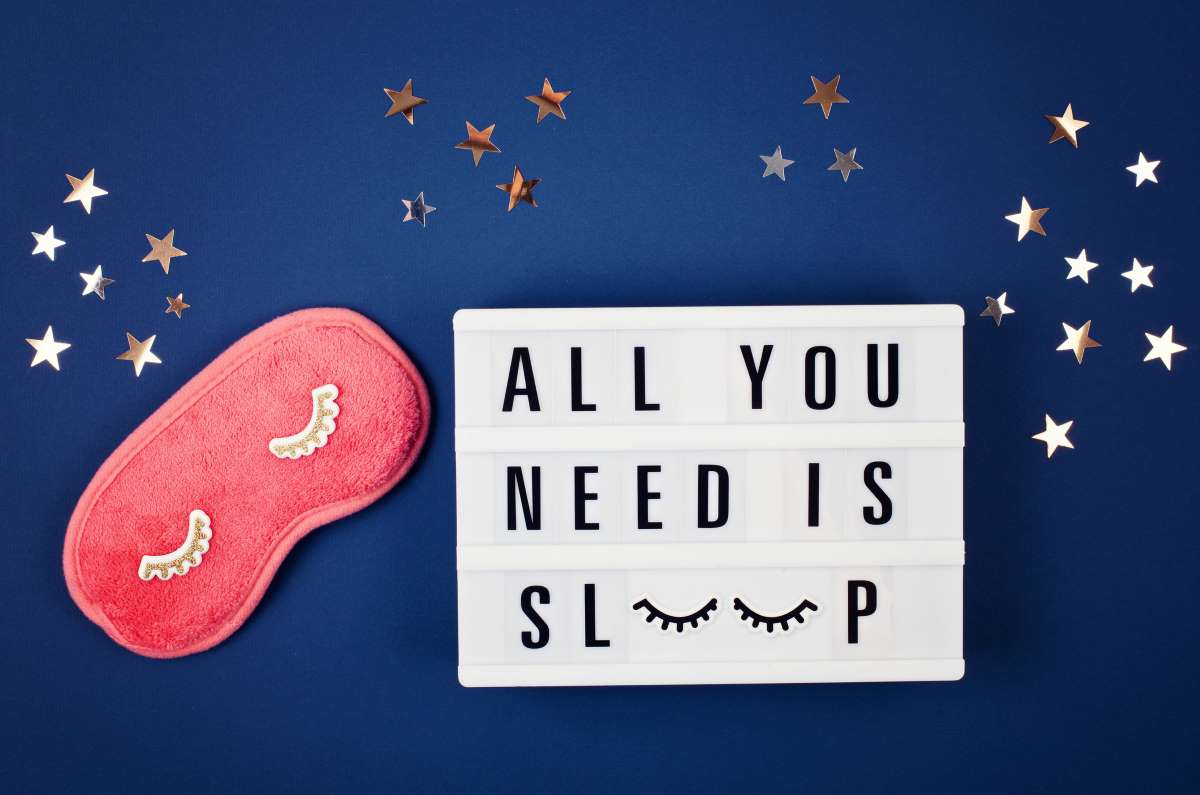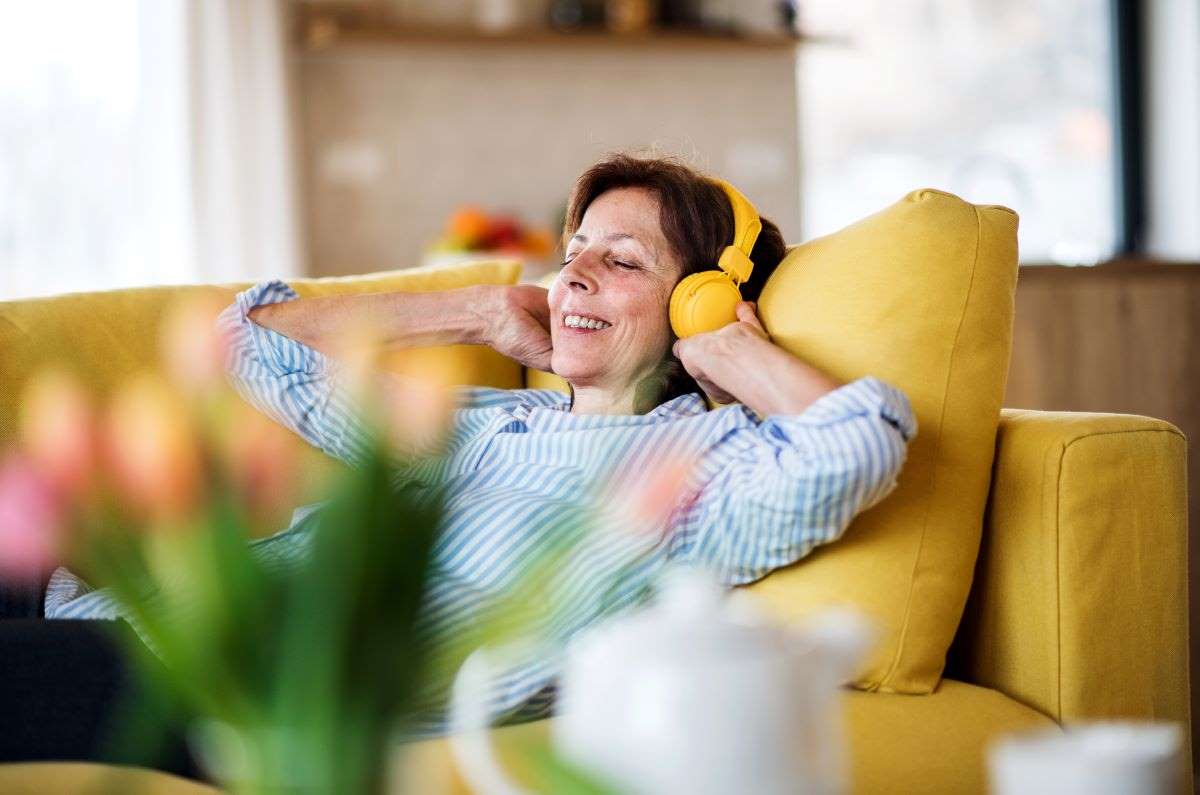13 strategies to get you through
Living with a chronic musculoskeletal condition sucks. It may only suck occasionally, or it may suck a lot of the time. But there’s no denying that living with pain, fatigue and uncertainty isn’t a fun day at the beach.
In our 2020 national survey, we asked people how their condition affected all aspects of their life. One thing that stood out dramatically was that of the more than 3,400 who took part, 52% said their condition affected their ability to enjoy life in general.
That’s enjoying life in general – not enjoying big life events or travel – but life in general. And that’s disturbing and very, very sad.
Unfortunately there are no quick fixes for improving quality of life, or the enjoyment you get out of your day-to-day reality. Living with a musculoskeletal condition means that life isn’t always predictable. You can be going through a period of stability then suddenly – bam – you wake up feeling like you’ve been run over by a truck. Or your emotions or mental health suddenly take a downward turn. Living with a chronic condition, or multiple conditions, is a tricky, complicated balancing act.
But there are some things you can do, if you feel you need something to help you get on top of the ‘blahs’ and hopefully start to feel more happy, optimistic and fulfilled. They’re the tried and true ones I use when life starts to feel a bit grey.
- Get on top of your condition and pain management (as much as possible)
If your condition is affecting your ability to enjoy life in general, is it because it’s not well managed or you’re in constant pain? If so, it’s time to talk with your healthcare team about how you can get on top of this. Complete pain relief may not be an option for all people, but getting your pain to a level that you can cope with, and so it’s not severely impacting your ability to enjoy life is doable. It may take some time and effort, but it can be done. Talk with your doctor and healthcare team to develop a plan to get your condition and symptoms under control. And read our A-Z guide to managing pain for more info. - Get some sleep
One of the biggest factors that affects our mood and mental health is lack of sleep. It’s much more difficult to cope with every day stresses, family life, work/study, as well as managing your health, if you’re exhausted. After dealing with poor quality sleep for some months, I recently took time off work to try and get myself into a better sleep routine. I exercised, went to bed at a reasonable time, ensured I got up at the same time every day, and limited caffeine, alcohol and screen time for several hours before I went to bed. My sleep quality – while still not perfect – is much better. Taking time away from your responsibilities may not be an option for everyone, but there are other strategies you can try to improve your sleep quality. Find out more. - Make time for you
Ever had those days/weeks when you feel like your life is consumed by everyone else’s problems and issues, and yours keep getting pushed further and further back? If that’s the case – it’s time to take some time back for you. However much time you can carve out of your day, just do it. You deserve and need it. Take the time to rest/meditate/read/go for a walk/just breathe. You’ll feel much better for it and be more equipped to help others afterwards.
“Rest and self-care are so important. When you take time to replenish your spirit, it allows you to serve others from the overflow. You cannot serve from an empty vessel.” – Eleanor Brown - Connect with your peeps
It’s an easy trap to fall into. When you feel crappy, and everything seems too hard, staying at home in your safe and cosy cocoon feels like all you can bear to do. You don’t want to share your miserable mood, or let others see how you’re really feeling. But this can become a vicious cycle, and before you know it, you lose touch with family and friends, or miss out on fun times, and important events. If you don’t feel up to going out, call your people. Chat, catch up with each other over the phone or video. Share how you’re feeling (it’s up to you how much detail you go into), and just enjoy the connection. When you’re able to, even if it’s an effort, try to get out and see your peeps. They care about you, and you’ll feel happier for making the effort.
“It’s not what we have in our life, but who we have in our life that counts.” – J.M. Laurence - Schedule time to relax
It may seem crazy, but in this busy world we live in, if you don’t schedule time for relaxation, it often doesn’t happen. I’m not talking about the near comatose slouching on the couch at the end of the day, type of relaxing. But the things that actually refresh body, mind and spirit, and ease your stress and muscle tension. This includes meditation, progressive muscle relaxation, deep breathing, massage, a warm shower or bath, going for a walk or listening to music. So think about the things that relax and refresh you, and make time to do those things each week. - Focus on self-care
Take time to evaluate your self-care plan. Is it covering all aspects of your life, health and wellbeing? Not only your physical health, but mental and emotional health as well? Or do you need to create a self-care plan? For help to get you started, read our recent 7 pillars of self-care article. It has lots of info to help you understand self-care, as well as resources to help you create a self-care plan. - Enjoy the small things
One of the silver linings of the COVID lockdowns for me was that we were forced to live smaller, and as a result really take note and appreciate the little things in our lives. When we could only walk in our local area, I noticed amazing gardens and parks that I hadn’t known existed. It gave me the chance to enjoy the quiet as we worked on a jigsaw or crossword puzzle together. I read, I learned some yoga, I rode my bike. I talked with my young niece and nephew over the phone, and listened as they excitedly told me about their daily adventures. I enjoyed the breeze on my face when I went for a walk, the glow of the full moon, the smell in the air after a rainstorm. Taking a moment to enjoy, and be thankful for these little things, lifted my mood and made me smile. It’s simple, but so powerful. And perfectly segues into my next tip… - Be grateful
Sometimes we get so bogged down in what’s going on in our life – our problems and issues, family dramas, and the million things that need to be done at home and work – that we can’t see all the good things in our lives. The Resilience Project has a range of activities and resources exploring how we can feel grateful by “paying attention to the things that we have right now, and not worrying about what we don’t have”. Visit their website to find out more about being grateful in your everyday life. - Write a wish list of the places you want to go
I love to explore. Whether it’s overseas, interstate or my local area. And I subscribe to countless newsletters and alerts that provide info about interesting walks, galleries and exhibitions, cafes and restaurants, and upcoming markets and festivals. I add these to a burgeoning list on my phone, complete with links. This gives me a never-ending list of adventures. And nothing pulls me out of the doldrums like an adventure! Depending on what I’m doing, I do need to take into account my condition, how I feel that day etc. But a little planning, sharing the driving with others, and just being leisurely and not rushing, means that I get to enjoy some amazing things. Just seeing a list of opportunities is exciting, so I’d recommend giving it a go.
“You’re off to Great Places! Today is your day! Your mountain is waiting, So… get on your way!” ― Dr. Seuss - Be mindful
How many times have you eaten dinner, but can’t really remember what it tasted like because you were watching TV? Or gone for a walk but can’t remember much of what you saw, felt or experienced? If this sounds familiar, try some mindfulness. You may have heard of mindfulness meditation, but you can also be mindful when you do other activities, like eating or walking. It simply means that you focus your attention on the moment and the activity, without being distracted. So when you’re eating, really take time to focus on the textures, smells and flavours, and how the food makes you feel. Or when you’re walking, how does the ground feel under your feet, the sun on your face, the wind in your hair? Do you hear birds in the trees, are there dogs running in the park? Be aware and enjoy it all. - Try something new
From time to time we can get stuck in the rut of everyday life/work/study/home activities. And while having a daily routine is an important strategy for living with a chronic condition, sometimes we just need a little something extra, something new and exciting to get us out of the doldrums. What have you always wanted to do? What’s on your bucket list? Learning a language? Visiting a special place? Writing a book? There are lots of low and no cost online courses that can teach a range of skills from juggling, cooking, origami, geology, playing the guitar, speaking Klingon. And while we can’t travel to a lot of places – especially overseas at the moment – you can still travel virtually and whet your appetite for when the borders reopen. The point is, adding something new and interesting to your everyday life makes you feel more fulfilled and optimistic. Just head to your favourite search engine, and start searching!
“Don’t be afraid to try new things. They aren’t all going to work, but when you find the one that does, you’re going to be so proud of yourself for trying.” – Anonymous - Exercise
I can’t get through an article without talking about exercise ?. It’s just so important, and can improve not only your physical health, but your mental and emotional wellbeing. I find it’s the perfect thing to do whenever I’m feeling at my lowest. It can be hard to get up and go, but even if it’s a short walk outside, or 10 minutes of stretching exercises, or some yoga – just making the effort and getting the blood moving, immediately lifts my mood, and distracts from my symptoms. That’s because when you exercise your body releases chemicals such as endorphins, serotonin and dopamine into your bloodstream. They’re sometimes called ‘feel-good’ chemicals because they boost your mood and make you feel good. They also interact with receptors in your brain and ‘turn down the volume’ on your pain system. So grab your walking shoes, or exercise mat, and let the endorphins flow! - Seek help
If you feel like your condition is significantly affecting your ability to enjoy life, and these basic strategies aren’t enough to change that, talk with your doctor. Be honest and open, and explain how you’re feeling. You may need to talk with a counsellor or psychologist so that you can explore some strategies, tailored specifically to you, to help you get through this rough patch.
“Life isn’t about waiting for the storm to pass…It’s about learning to dance in the rain.” Vivian Greene
Crisis support
If this article has raised some issues with you or you feel like you need help during this stressful time, there’s help available. Contact Lifeline Australia on 13 11 14 for 24 hour crisis support and suicide prevention.
Contact our free national Help Line
If you have questions about managing your pain, your musculoskeletal condition, treatment options, mental health issues, COVID-19, telehealth, or accessing services be sure to call our nurses. They’re available weekdays between 9am-5pm on 1800 263 265; email (helpline@msk.org.au) or via Messenger.
More to explore
- 7 ways I adjusted to chronic illness and got on with my life
Healthline, August 2019 - It takes psychological flexibility to thrive with chronic illness
Aeon, September 2019 - Living life to the fullest with chronic illness
Medium, January 2020 - Living the best life you can with a chronic illness
University of Michigan, Rogel Cancer Center - Rediscovering small joys
Musculoskeletal Australia, June 2020
























